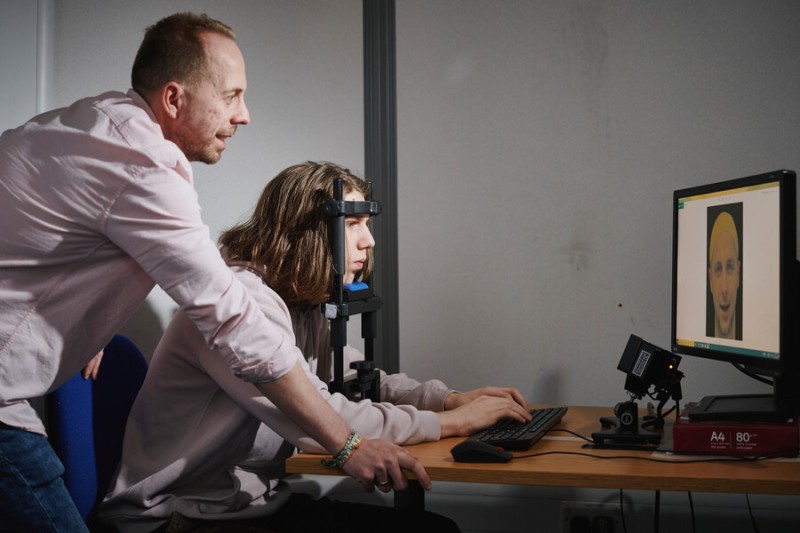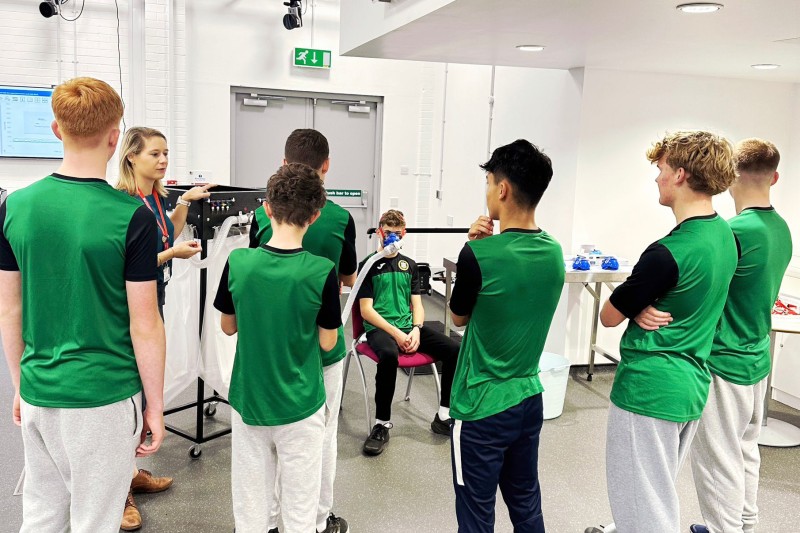New evidence suggests developmental prosopagnosia should be classified as a distinct impairment, rather than a difficulty that lands at the bottom end of “typical” face recognition ability.
The research, conducted by Bournemouth University and Brunel University, looked to understand whether prosopagnosia, also known as face blindness, is a difficulty that separates an individual from the general population distinctively – as a defined group – or whether those with the condition represent the lower end of a continuous distribution or spectrum.
Findings of the research have clearly shown that developmental prosopagnosia is a distinct diagnosable condition, rather than a spectrum, even in its milder forms and should be treated as such.

Prosopagnosia is the inability to recognise faces from their features alone, and a conservative estimate suggests that 2% of the population may have a developmental form of the disorder. In practice, it means that people are unable to recognise faces that should be familiar to them and must rely on other social cues or features in identifying people they know. The developmental form of the condition is sometimes inherited, and those with the condition appear to have face recognition difficulties from an early age.
Professor Sarah Bate, of the Department of Psychology at Bournemouth University, led the study, and said, “Prosopagnosia can be a really limiting condition for those living with it. In milder cases it might just be brushed off as forgetfulness, but the reality of those living with the condition is that it might limit social interaction or, at its worst, mean that individuals are unable to recognise their own family members and friends when they see them. Imagine the limitations a child with the condition might face when searching for their parent in a crowd, unable to recognise them. We are always striving to know and understand more about this condition so we can help people face the daily realities of living with it.
“The finding has significant implications on our understanding of developmental prosopagnosia and challenges our traditional understanding that the condition is somewhat continuous. This could support diagnosis, particularly as we now need to understand the point at which someone’s face processing impairment is officially classed as prosopagnosia, which might mean the condition is far more prevalent than we previously thought among the general population”.
The paper can be read in full at https://www.sciencedirect.com/science/article/pii/S0010945224003113
For more information about BU’s work into face processing disorders, visit www.prosopagnosiaresearch.org, where there is also an option to sign up to participate in research for those who believe they may have the condition.



